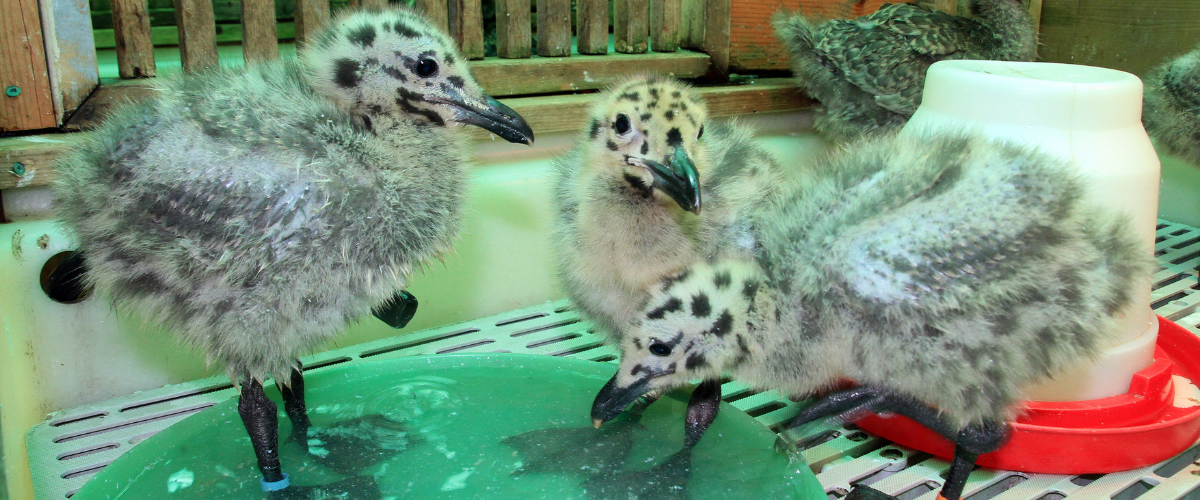Support Us
Since 1979 more than 140,000 animals have been treated by Wildlife Rescue.
Thanks to the support of individuals like you, Wildlife Rescue can provide a lifeline for animals in distress.
As winter sets in, wildlife faces severe challenges – from dwindling food supplies and freezing temperatures to ice-covered water sources. Your generous gift can help provide critical care for these vulnerable animals, offering them the resources they need to survive and recover. With your help, injured wildlife can return to the wild.

Every July and August, “Gull Season” occurs in the Lower Mainland of British Columbia. Gulls like to nest on flat rooftops in Vancouver. To stay close to their main food source of fish, gulls will nest in areas near water. These rooftop sites are typically safe from predators – humans included!
Read MoreA familiar sight on British Columbia’s coastline, gulls are both a staple and a nuisance to those in public places. No matter your stance, we can agree that gulls are a crucial part of BC’s ecosystem and biodiversity – a part that keeps the population of their prey (such as fish) in line. Canada Geese are also an important part of British Columbia’s ecosystem since their method of gathering food (grazing) spreads seeds and allows plants to grow. These two bird species are seen nesting on rooftops in the lower mainland this time of year, where they have adapted their natural nesting behaviour to large buildings and busy cities.
Read More